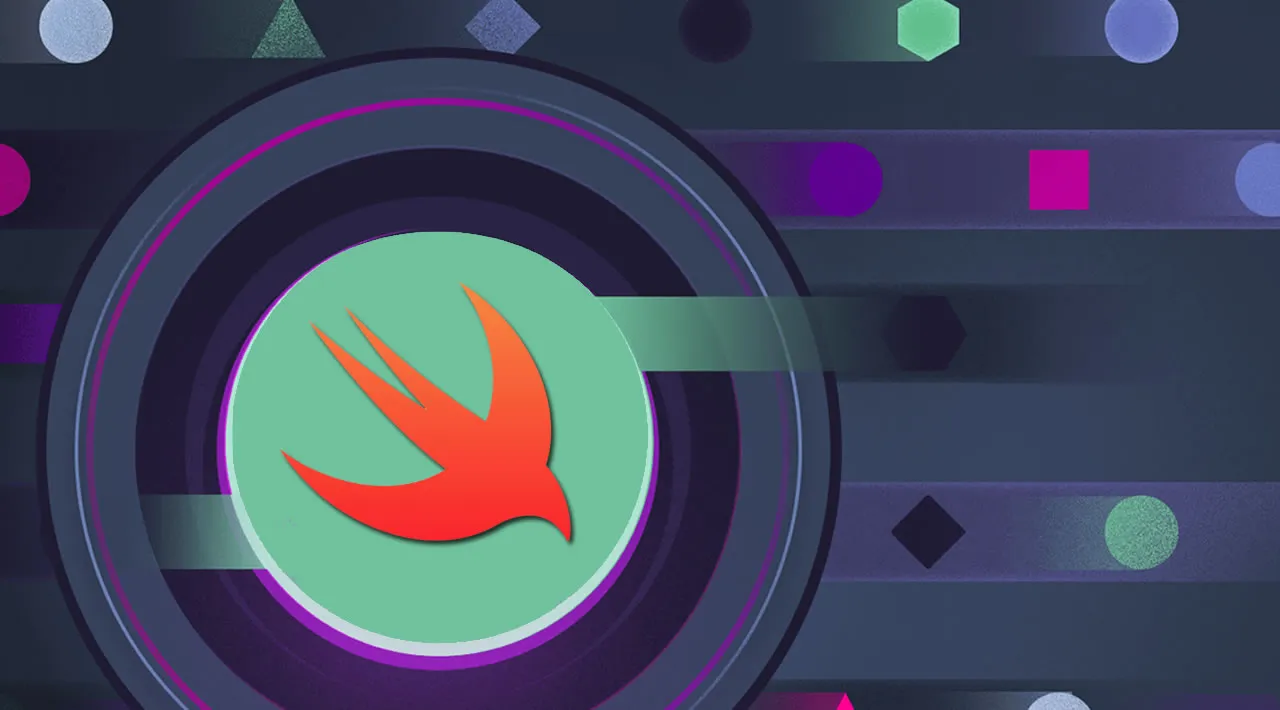Review how and when to use schedulers in Swift and look at use cases for each, like OperationQueue, DispatchQueue, ImmediateScheduler, etc. Using schedulers in Swift to manage queues and loops can free up space on your main thread and update your UI.
One of the most common errors in iOS app development is a thread error that occurs when developers try to update a user interface from a closure. To solve this problem, we can use DispatchQueue.main and threads.
In this tutorial, we’ll learn what schedulers are and how we can use them in iOS app development for managing queues and loops. Prior knowledge of Swift, the Combine framework, and iOS development is necessary.
Let’s get started!
What is a scheduler?
According to the scheduler documentation, a scheduler is “a protocol that defines when and where to execute a closure”. Essentially, a scheduler provides developers with a way to execute code in a specific arrangement, helping to run queueing commands in an application.
Developers can migrate high-volume operations to a secondary queue by using schedulers, freeing up space on the main queue of an application and updating the application’s UI.
Schedulers can also optimize code that performs commands in parallel, allowing developers to execute more commands at the same time. If code is in serial, developers can execute code one bit at a time.
#swift #programming #developer
